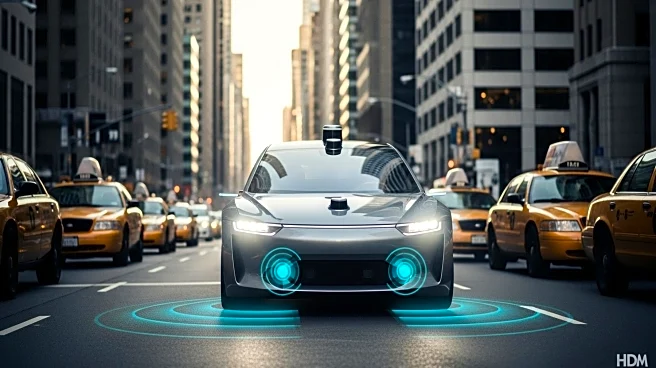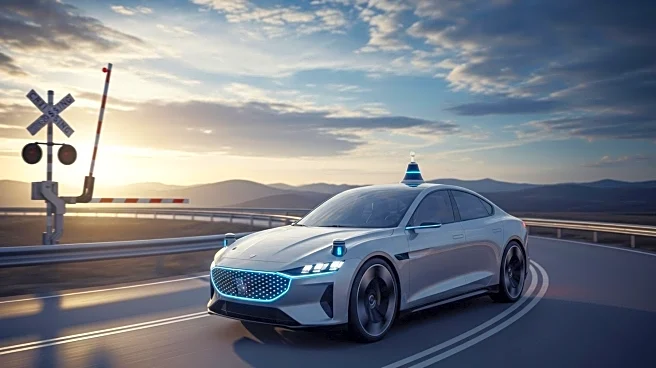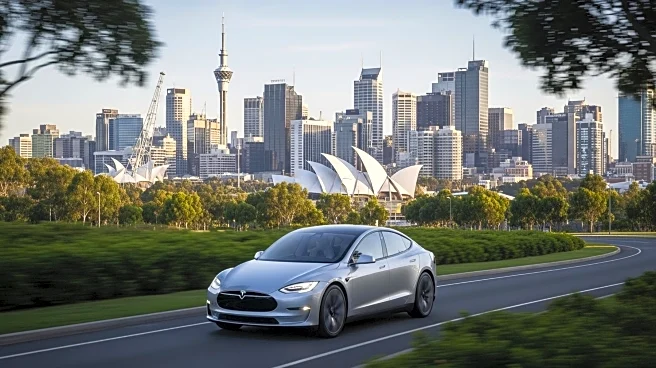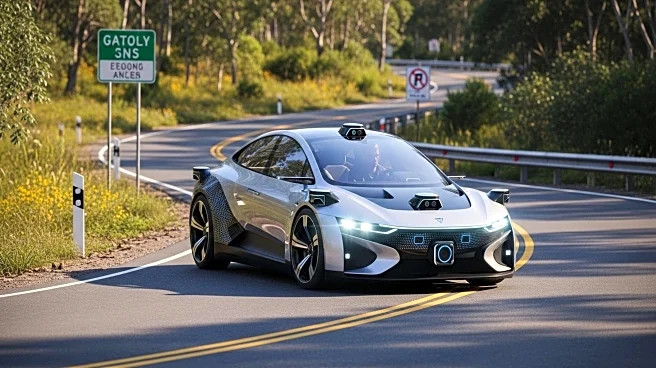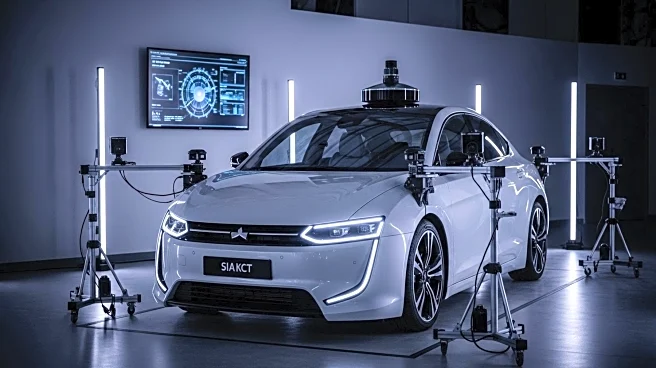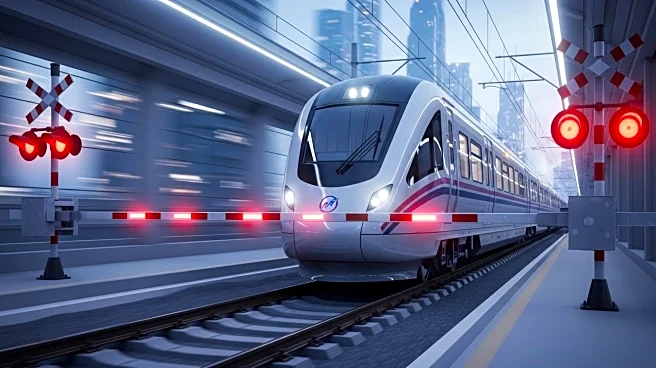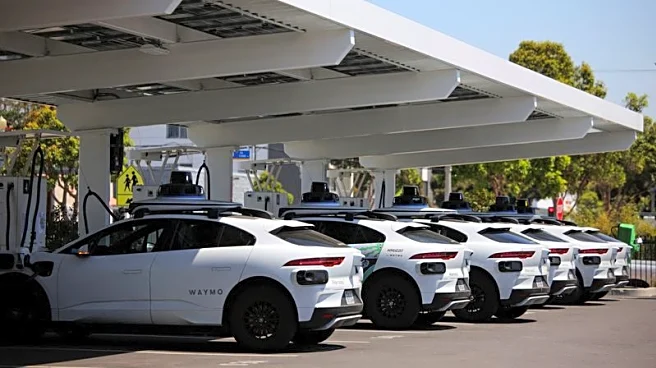What's Happening?
Tesla's Full Self-Driving (FSD) technology has been under scrutiny as users report mixed experiences. After three weeks of ownership, a user shared impressions of the system, highlighting its strengths in highway driving and stress reduction during commutes. However, the technology still faces challenges, such as auto wipers malfunctioning and difficulties with reading certain road signs. Despite these issues, the user plans to continue using the FSD subscription, indicating satisfaction with its overall performance. Tesla's FSD aims to provide a semi-autonomous driving experience, but it requires further refinement to address specific pain points and improve reliability.
Why It's Important?
The development and deployment of Tesla's FSD technology are crucial for the company's future, as it seeks to lead the autonomous vehicle market. The mixed reviews highlight the ongoing challenges in achieving fully autonomous driving, which is a key component of Tesla's strategy. Successful implementation could significantly impact the automotive industry, potentially reducing accidents and transforming transportation. However, unresolved issues may hinder consumer trust and adoption, affecting Tesla's market position and financial performance.
What's Next?
Tesla is expected to continue refining its FSD technology, addressing user feedback and improving system reliability. The company may focus on enhancing sensor capabilities and software algorithms to better handle complex driving scenarios. As Tesla advances its autonomous driving technology, regulatory approvals and public acceptance will play critical roles in its widespread adoption. The company will likely face increased competition from other automakers and tech companies investing in similar technologies.

